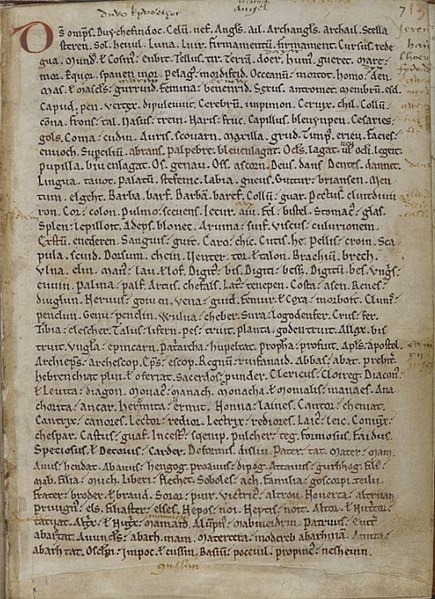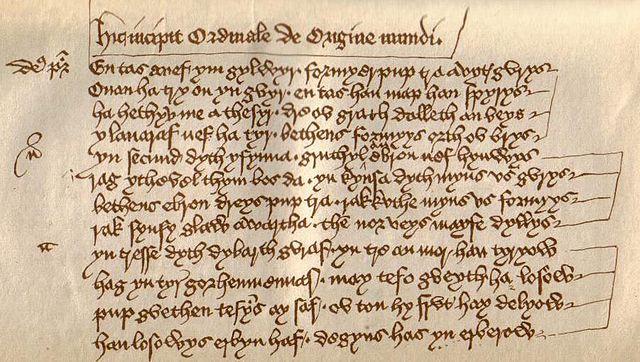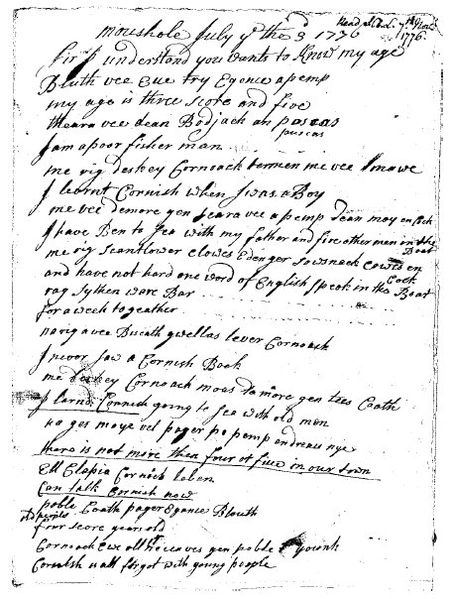Redruth is a town and civil parish in Cornwall, England, United Kingdom. The population of Redruth was 14,018 at the 2011 census. In the same year the population of the Camborne-Redruth urban area, which also includes Carn Brea, Illogan and several satellite villages, stood at 55,400 making it the largest conurbation in Cornwall. Redruth lies approximately at the junction of the A393 and A3047 roads, on the route of the old London to Land's End trunk road, and is approximately 9 miles (14 km) west of Truro, 12 miles (19 km) east of St Ives, 18 miles (29 km) north east of Penzance and 11 miles (18 km) north west of Falmouth. Camborne and Redruth together form the largest urban area in Cornwall and before local government reorganisation were an urban district.
Fore Street, Redruth town centre
Celtic wooden cross in New Cut Car Park
Native Copper mineral specimen from Huelvor near Redruth. Hand-colored copper-plate engraving by James Sowerby, 1807.
The Passmore Edwards Free Library
Cornish is a Southwestern Brittonic language of the Celtic language family. Along with Welsh and Breton, Cornish is descended from the Common Brittonic language spoken throughout much of Great Britain before the English language came to dominate. For centuries, until it was pushed westwards by English, it was the main language of Cornwall, maintaining close links with its sister language Breton, with which it was mutually intelligible, perhaps even as long as Cornish continued to be spoken as a vernacular. Cornish continued to function as a common community language in parts of Cornwall until the mid 18th century, and there is some evidence for traditional speakers of the language persisting into the 19th century.
The first page of Vocabularium Cornicum, a 12th-century Latin-Cornish glossary
The opening verses of Origo Mundi, the first play of the Ordinalia (the magnum opus of medieval Cornish literature), written by an unknown monk in the late 14th century
Beunans Meriasek (The life of St. Meriasek) (f.56v.) Middle Cornish Saint's Play
William Bodinar's letter, dated 3 July 1776








